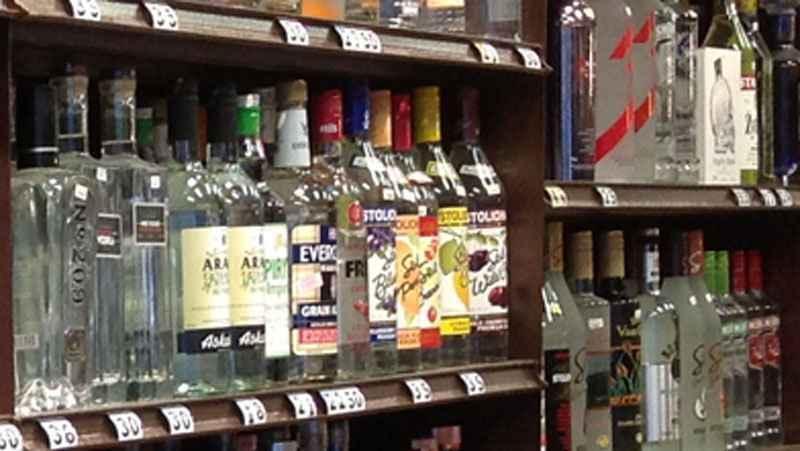Nearly 1K Minnesota alcohol-related deaths in 2020, MDH says

[KSTP/File]
New data released by the Minnesota Department of Health (MDH) shows that 992 Minnesotans died from alcohol use last year, a jump of 171 deaths compared to 2019.
According to MDH, the preliminary data suggests the pandemic may have contributed to the rise in the number of alcohol-attributable deaths, which are those — such as alcohol-related liver disease and alcohol poisoning — that wouldn’t have happened if alcohol hadn’t been consumed.
"The deaths of so many Minnesotans from alcohol is tragic and preventable," MDH Commissioner Jan Malcolm said. "Sadly, the pandemic has amplified some of the root causes of substance use and substance use disorders, such as social isolation, job loss and lack of access to treatment. In response, we need to strengthen overall opportunities in our communities for connectedness and financial security as well as specific evidence-based community strategies to reduce excessive alcohol use."
While alcohol deaths in the state last year mirrored past years at the start, the number started to accelerate in June, possibly due to factors associated with the pandemic, MDH said.
MDH noted the data doesn’t include partially alcohol-attributable causes of death where alcohol was just one of several factors contributing to death.
The department said alcohol-attributable deaths "are only the tip of the iceberg" as far as the impact of excessive alcohol use.
The Community Preventative Services Task Force, an independent, nonfederal panel of prevention experts that makes evidence-based recommendations on programs and strategies to improve health. Some of the group’s recommended strategies to reduce excessive drinking, alcohol-related injury, disease and deaths include:
- Increasing the price of alcohol,
- Regulating the number and concentration of places that sell alcohol in communities,
- Consistently enforcing laws prohibiting the sale of alcohol to minors,
- Electronic screening and brief intervention to reduce excessive alcohol use in a manner that can be integrated into clinics, workplaces and other community settings.